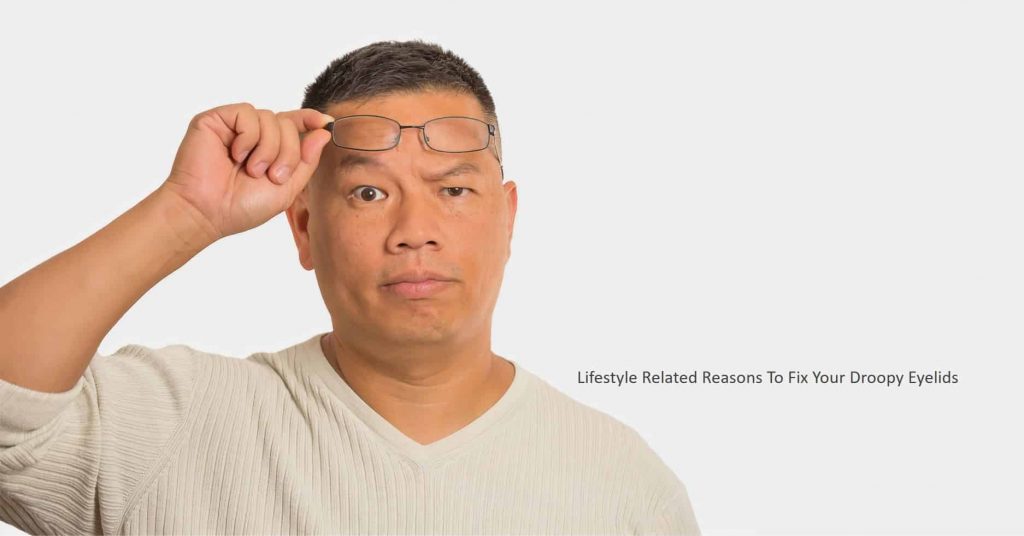Droopy Eyelids, often referred to as ptosis, is a condition in which the upper eyelid of an individual droops downward. In severe cases, it may even cover the pupil and hinder the view. Plastic surgeons usually perform a surgery or recommend droopy eyelid treatment options to fix the issue. But the decision, whether to perform upper eyelid surgery or not, primarily depends on the reason behind the problem and the expected results.
There can be all sorts of reasons behind droopy eyelids including genetics, eye damage, and aging. In some cases, where the vision of the patient is not affected, no treatment may be required. In other cases, however, where the vision is reduced or the patient wants to get their droopy eyelids fixed for aesthetic reasons, undergoing droopy eyelid treatment from a reputable plastic surgeon is often recommended.
How Do Droopy Eyelids Affect Your Life?
When eyelids start sagging, most people are only worried about the apparent changes that only affect their looks and appearance. Even though it’s a fact that drooping eyelids would make people look older and tired, the condition has other potential consequences beyond the cosmetics only.
In cases of severe drooping around the patient’s upper eyelids, their peripheral vision might get compromised – particularly in the outer and upper areas of their visual field.
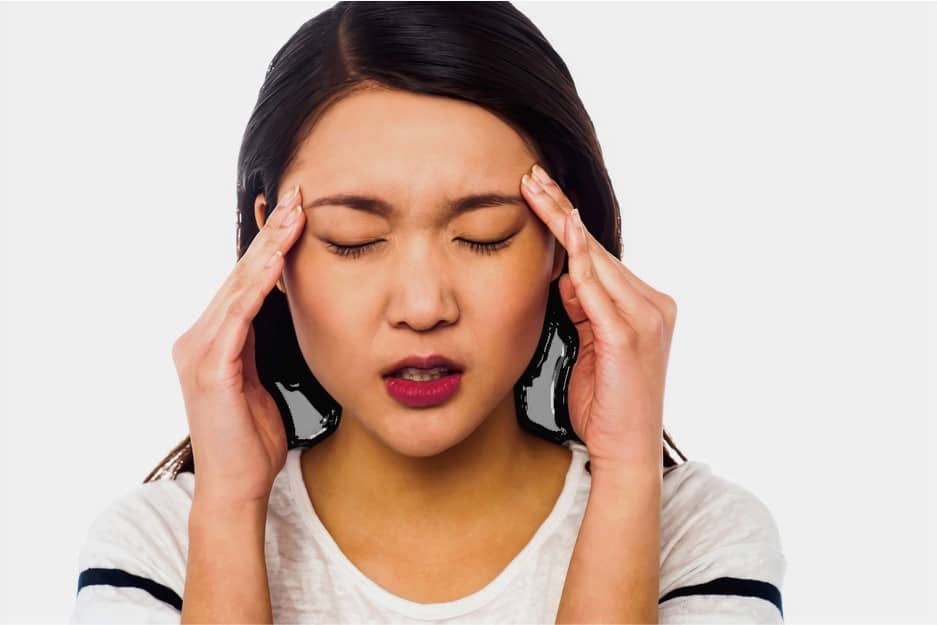 Based on the severity and cause of the drooping eyelids, a few possible problems one might have to face can include:
Based on the severity and cause of the drooping eyelids, a few possible problems one might have to face can include:
- Problem in reading
- Problem in driving a motor vehicle safely
- Limited field of view which requires physical adjustments to be made for compensating the restricted view. One might need to tilt their head back to see in the forward direction.
- Eye discomfort such as feeling pain in the eyes and eyes getting excessively watery or dry
- Tension headaches and migraines caused by the need for constantly tense forehead muscles in order to increase the visual field
- Lower confidence and self-esteem due to one’s older looks and being too conscious about their overall looks
What Causes Droopy Eyelids?
There can be different reasons behind drooping eyelids. Most of the times, it could be caused by one of the following:
1. Genetics
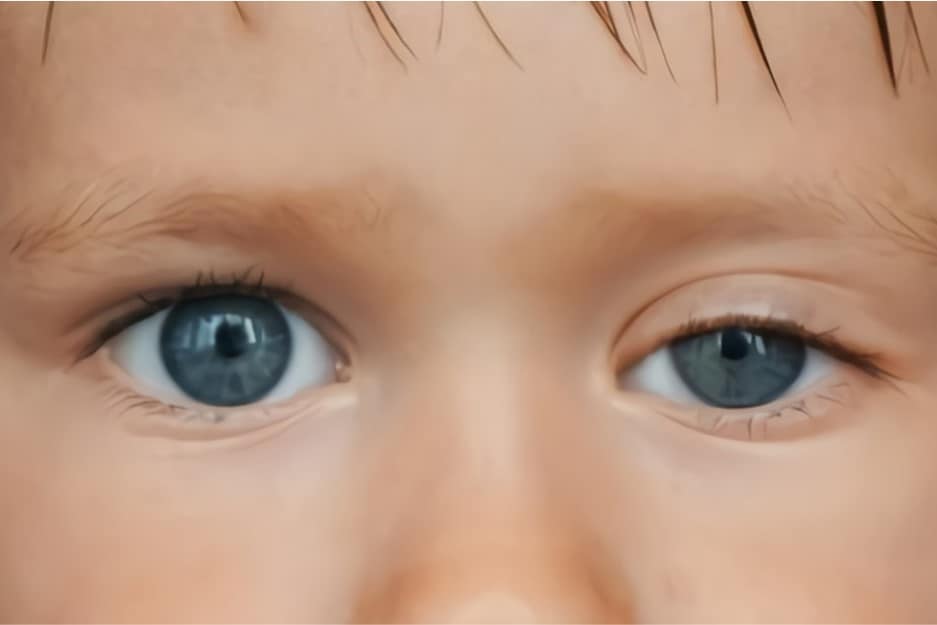 At times, we’re born with the condition and it’s all natural. In such cases, it is often noticeable even in the early infancy. If sagging eyelids run in the family, it’s likely due to the genetics and one is bound to have droopy eyelids at some point.
At times, we’re born with the condition and it’s all natural. In such cases, it is often noticeable even in the early infancy. If sagging eyelids run in the family, it’s likely due to the genetics and one is bound to have droopy eyelids at some point.
2. Sleeping Positions (Sleeping Face Down)
Waking up with those pillow marks on the face means it is likely that the eyelids have started stretching in various directions during the night. Asymmetrical eyelids are often noticed in the side sleepers as they develop a droopy eyelid on the side they usually sleep on.
3. Aging
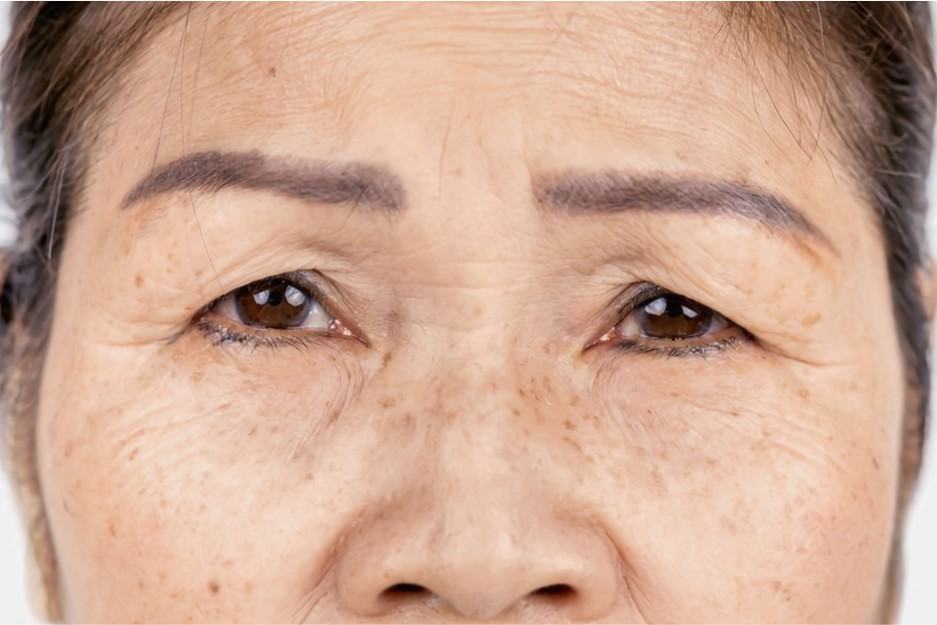 Aging causes the human body to lose its ability of producing collagen, which is responsible for creating taught and firm skin. As our skin loses collagen, and its associated elasticity, it’s only natural for the skin to start sagging in different areas of the body, and not just the eyelids.
Aging causes the human body to lose its ability of producing collagen, which is responsible for creating taught and firm skin. As our skin loses collagen, and its associated elasticity, it’s only natural for the skin to start sagging in different areas of the body, and not just the eyelids.
4. Lasik or Cataract Surgery
Procedures like Lasik or Cataract surgery cause the eyelids to stretch and it leads to premature sagging and droopy eyelids.
5. Medical Conditions
In rare cases, ptosis may also result from different medical conditions such as:
- Nerve Trauma
- Different Neurological and Neuromuscular Disorders
- Stroke
- Diabetes
- Brain Tumor
- Eyelid Tumors and Cysts
- Muscular Problems
- Horner’s Syndrome
- Nerve damage caused in the eye muscles
Motivations For Correcting Droopy Eyelids
One may choose to undergo droopy eyelid treatment for different reasons. Primarily, however, the following three motivations are behind their decision as they wish to get back to a normal life.
1. Medical Concerns
Any kind of medical concerns usually make the upper eyelid surgery inevitable. If the droopy eyelids are causing headaches, eye discomfort and visual problems due to nerve damage, muscular problems, cysts, tumors, or swelling, undergoing the surgery and treating the underlying problem can help get rid of all those issues.
2. Cosmetic Concerns
People are more conscious about their looks than anything else and they usually go for droopy eyelid treatment for cosmetic reasons. One may want to look more well-rested and awake, have bigger-looking eyes, and create or redefine their eyelid crease to achieve a better appearance. All these could be achieved through surgery.
3. Lifestyle Factors
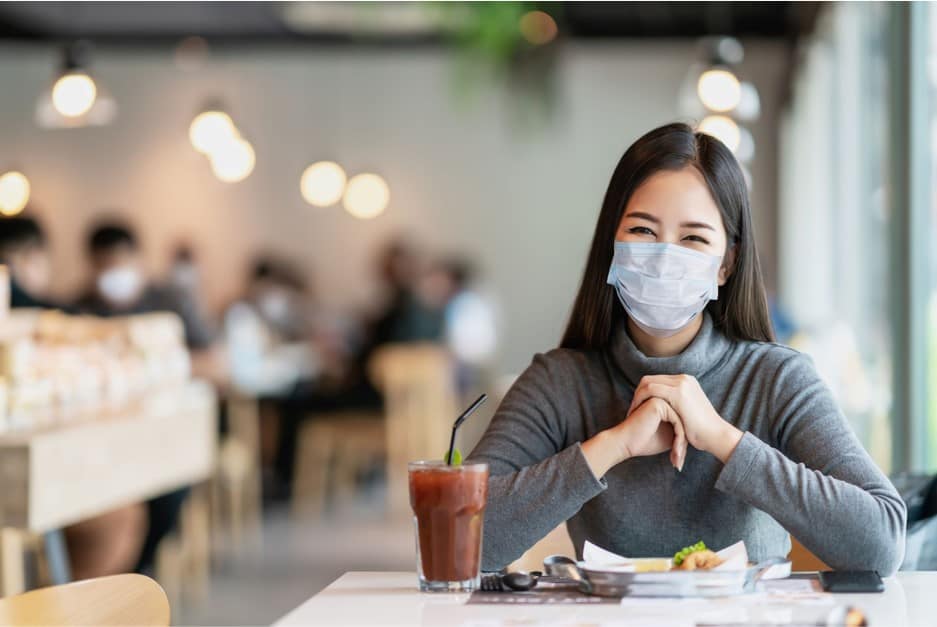 Droopy eyelids affect one’s lifestyle in many ways. Their visual field is affected and they can experience problems in reading, driving a motor vehicle safely, and other such issues. In addition, what matters the most, they are not too confident in their everyday life as their appearance is taking their confidence away. So, they prefer to undergo upper eyelid surgery and get their lifestyle back to normal and feel more confident when socializing.
Droopy eyelids affect one’s lifestyle in many ways. Their visual field is affected and they can experience problems in reading, driving a motor vehicle safely, and other such issues. In addition, what matters the most, they are not too confident in their everyday life as their appearance is taking their confidence away. So, they prefer to undergo upper eyelid surgery and get their lifestyle back to normal and feel more confident when socializing.
The advantage of undergoing droopy eyelid surgery is that it helps address all the areas of concerns and helps one return to a ‘normal life’. Whether it is medical issues or cosmetic ones, they won’t exist after the surgery.
What Treatments Are There For Droopy Eyelids?
There aren’t any non-surgical treatment options that arrest droopy eyelid issues at its roots. The eyelids droop as the levator muscle of the eyelids starts loosening and it can only be tightened surgically.
The surgical methods, however, can be categorized into incisional and non-incisional options. Here’s a look at the available options in each category.
1. Droopy Eyelid Surgery Methods
There are a couple of options available for droopy eyelid treatment. These include:
- Suture Droopy Eyelid Correction
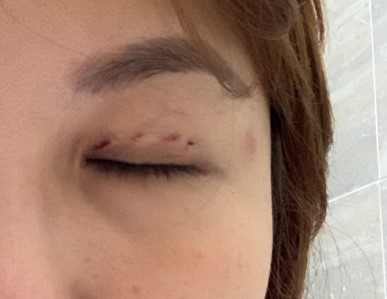
In this technique, the eyelid tissue is stitched as high as needed for achieving unobstructed view. This option is often recommended for patients who have developed mild ptosis.
- Incisional Droopy Eyelid Surgery
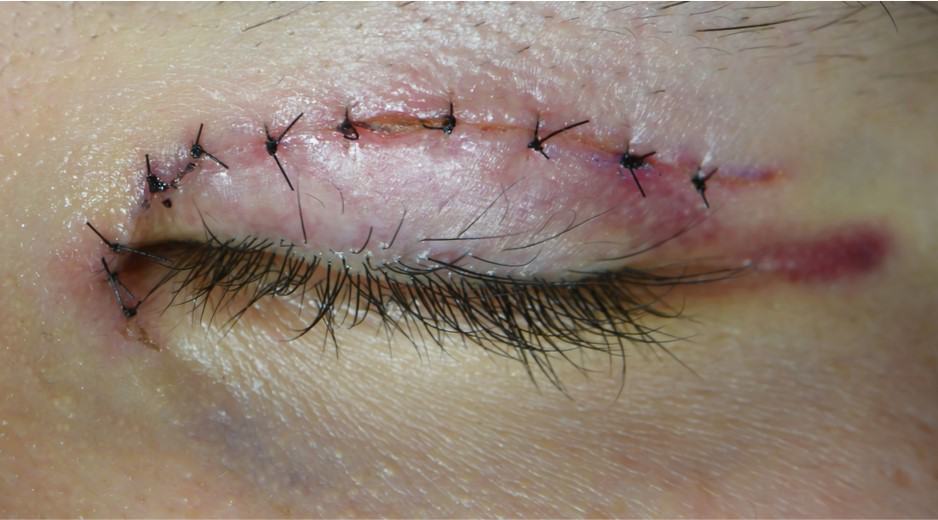
In this technique, the surgeon makes an incision to get access to the eyelid muscles in the area where they have to create a double eyelid crease. Unnecessary tissues like skin and fat are removed. While removing these unnecessary tissues, the surgeon also removes the parts of the resected eyelid muscle as well and repositioned upwards to create a tightening effect. The incisional surgery technique recommended when droopy eyelids is accompanied with excess skin on the upper eyelid and must be removed for optimal results.
- Frontalis Suspension Method
In cases where the eyelid muscle has become too weak, the eyelid tissues can be anchored to the muscles present above the eyebrow with the help of sutures. As a result, they serve more like the suspension cables used in a bridge. The Frontalis Suspension method is often recommended in extremely severe cases.
Will My Treatment For Droopy Eyelids Be Covered Under Medical Insurance?
 Yes, if you undergo the droopy eyelid treatment for medical reasons, it is covered under medical insurance in Singapore. The surgeon determines how the patient’s peripheral vision is hindered due to droopy eyelids and that there isn’t any other alternative available for alleviating this condition. The visual field eye test is usually required as part of the diagnosis to recommend if the droopy eyelid surgery has become inevitable.
Yes, if you undergo the droopy eyelid treatment for medical reasons, it is covered under medical insurance in Singapore. The surgeon determines how the patient’s peripheral vision is hindered due to droopy eyelids and that there isn’t any other alternative available for alleviating this condition. The visual field eye test is usually required as part of the diagnosis to recommend if the droopy eyelid surgery has become inevitable.
Who To Look For If You Want To Get Upper Eyelid Surgery?
The upper eyelid surgery should be performed by a reputable plastic surgeon. They can actually keep the importance of the aesthetic outcome and the eyelid function in balance.
Before recommending the surgery, the plastic surgeon should perform careful manual assessment on how high the patient can raise their eyelids without using forehead muscles and when their facial muscles are neutral. This could include taking several photographs of the eyes as well as the eyelids at different angles, and testing their peripheral vision.
The final call on the proposed technique should be made after determining the severity of the condition.
Consider Undergoing Droopy Eyelid Treatment Early
Droopy eyelids can lead to problems when driving, reading, and even walking up and down stairs. When that starts happening, one should consult with their doctor.
Ptosis may not have any major health impact and is hard to notice in most of the cases. It may not even affect the patients’ everyday life too much. However, it may cause disruption to one’s vision and can change their appearance in some cases. In such cases, droopy eyelid treatment, including surgery, is available and should be recommended.
About Dream Aesthetics and Plastic Surgery
Bespoke surgical for cosmetic or medical reasons is what Dream covers to bring out the beauty in every individual. Going beyond the aesthetics and working on physical anomalies are what we value the most in leading our patients to cherish self-improvement and confident lifestyles.
Derived from Associate Professor Vincent Yeow’s long-standing experience performing plastic surgery in Singapore, our treatment plans deliver physical remodelling in our patients’ favour. One of the notable remodellings is droopy eyelid correction. The ptosis surgery used for treatment eventually fixes drooping eyelids, improves vision and enhances appearance.
Most importantly, as a trustworthy plastic surgery and aesthetic clinic, we treasure positive and natural outcomes for each individual. We will ensure to deliver the beauty refinement of your dream without compromising your safety and privacy.

